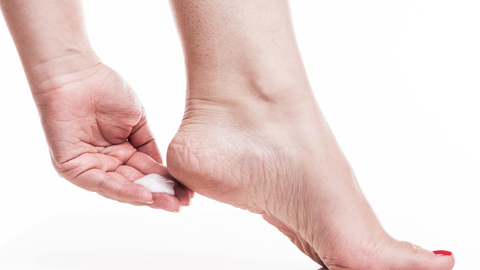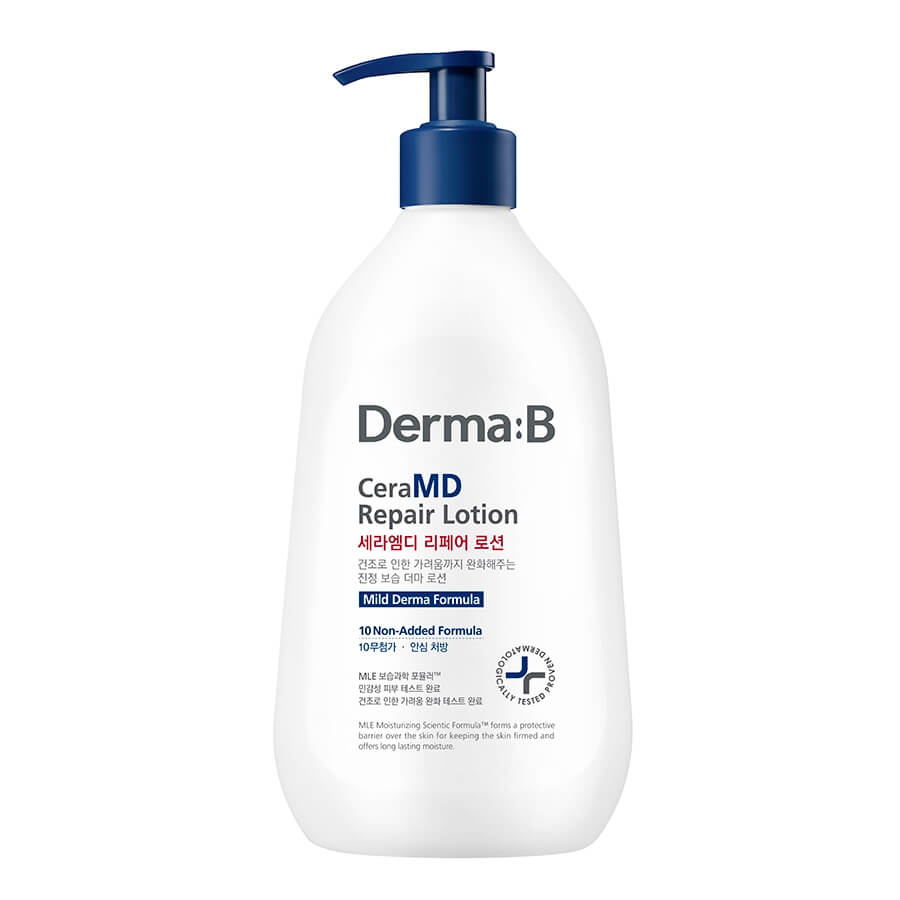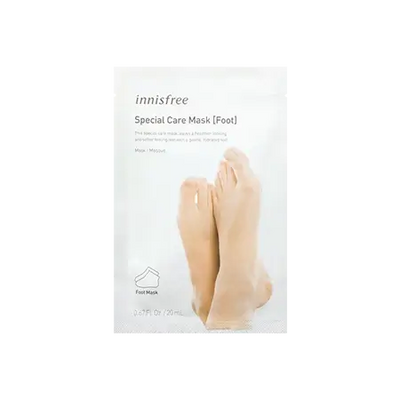5 Essential Tips To Prevent and Heal Cracked Heels

Cracked heels are a bothersome and painful foot condition that affects many individuals. These fissures or splits in the skin, particularly on the heels, cause discomfort and impact your overall well-being.
However, by understanding the causes, implementing preventative measures, and following effective treatments and remedies, you can prevent and heal cracked heels, allowing your feet to feel soft and healthy.
What are Cracked Heels?
Cracked heels, also known as heel fissures, refer to the formation of dry, thickened skin with visible cracks or openings on the heel area. This condition varies in severity, ranging from minor superficial cracks to deep, painful fissures that may bleed or become infected if left untreated.
Several factors contribute to the development of cracked heels.
Dry skin is a common culprit, as the skin on our feet naturally lacks oil glands, making it prone to dryness and cracking. Prolonged standing, walking barefoot, or wearing open-back shoes can increase heels' pressure, leading to calluses and cracks. Other causes include obesity, certain medical conditions (such as diabetes and hypothyroidism), and inadequate foot care.
5 Essential Tips to Prevent Cracked Heels
1. Hydration is Key
Drink plenty of water to keep your body and skin hydrated from within, reducing the risk of dryness and cracking. Consume at least eight 8-ounce glasses of water daily, equivalent to about 2 litres or half a gallon.
Remember that water is not the only source of hydration. Other beverages, such as herbal tea, fruit-infused water, and milk, as well as water-rich foods like fruits and vegetables, contribute to your overall hydration.
2. Moisturise Regularly
Apply a thick, moisturising cream or ointment to keep the skin supple and hydrated.
Make sure to focus on the heels and feet. Apply moisturiser before bedtime, and wear socks overnight to enhance absorption.
DERMA:B Cera MD Repair Lotion relieves the itching of dryness as it's enriched with Ceramides, Hyaluronic Acid, and Niacinamide. It's free of harmful ingredients, including synthetic fragrances, parabens, mineral oil, and dyes. This K-beauty repair lotion acts fast in soothing dry, damaged skin.

3. Exfoliate and Remove Dead Skin
Gently exfoliate your feet using a pumice stone or foot file to remove dead skin cells and reduce dry, rough skin. This practice will help prevent cracks from forming.
Here's a recipe for a DIY natural foot exfoliator:
Ingredients:
-
1 cup of salt
-
1/4 cup of coconut oil (melted)
-
5-10 drops of essential oil (such as peppermint, lavender, or tea tree oil, for added fragrance and benefits)
Instructions:
1. In a mixing bowl, combine the salt and melted coconut oil.
2. Add the desired essential oil drops to the mixture and stir well to ensure even distribution.
3. Adjust the consistency by adding more salt or coconut oil until you achieve a slightly grainy paste.
4. Transfer the mixture to an airtight container for storage.
5. Use circular motions to scrub the mixture onto your feet for a few minutes, paying extra attention to the heels and any calloused areas.
6. Rinse your feet with warm water to remove the exfoliator.
7. Pat your feet dry and apply a moisturiser to keep them hydrated.
Use it once or twice weekly to maintain smooth and healthy feet.
4. Wear Proper Footwear
Opt for well-fitting shoes that provide adequate support and cushioning. Avoid open-back shoes or sandals that expose the heels as they contribute to dryness and friction.
Treatments and Remedies
Heel Balms and Creams
Utilise specialised heel balms or creams containing ingredients like urea, salicylic acid, or lactic acid to moisturise and exfoliate the skin. These products restore the skin's natural moisture barrier and aid healing.
Korean brand INNISFREE offers the Special Care Foot Mask. This skincare product is an excellent foot treatment infused with green tea, peppermint, and menthol. This foot mask restores and hydrates your feet to prevent and heal cracked heels.

Medical Intervention
If your cracked heels are severe or do not improve with home remedies, consult a podiatrist or dermatologist. They can recommend prescription-strength creams, ointments, or other treatments to address the underlying causes and promote healing.
Bottom Line
Cracked heels are preventable and treatable with proper care and attention. You can keep your heels soft and healthy by adopting preventative measures.
With consistent care and attention, you can prevent and heal cracked heels, allowing your feet to feel comfortable, and ready to take on the world.




























































